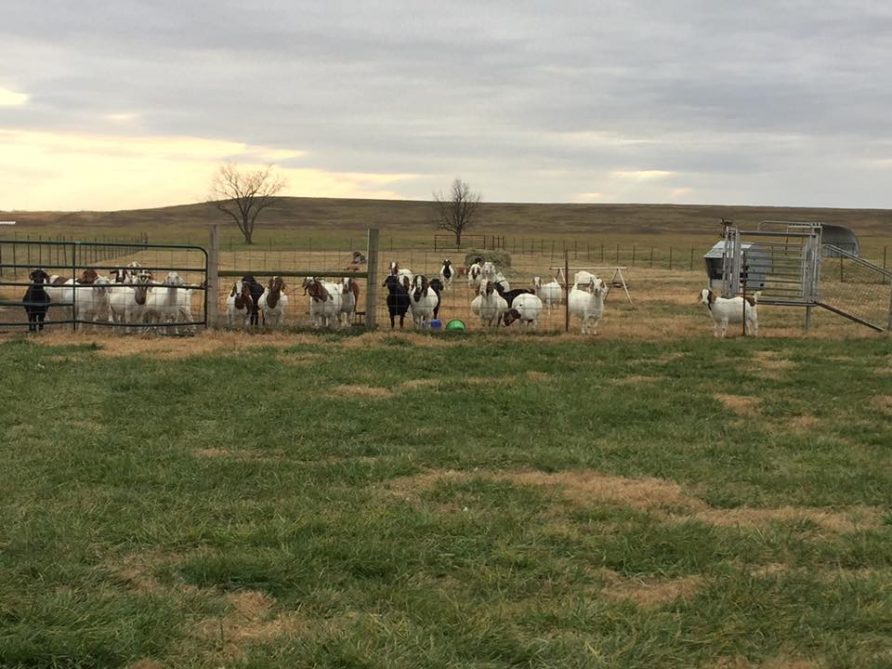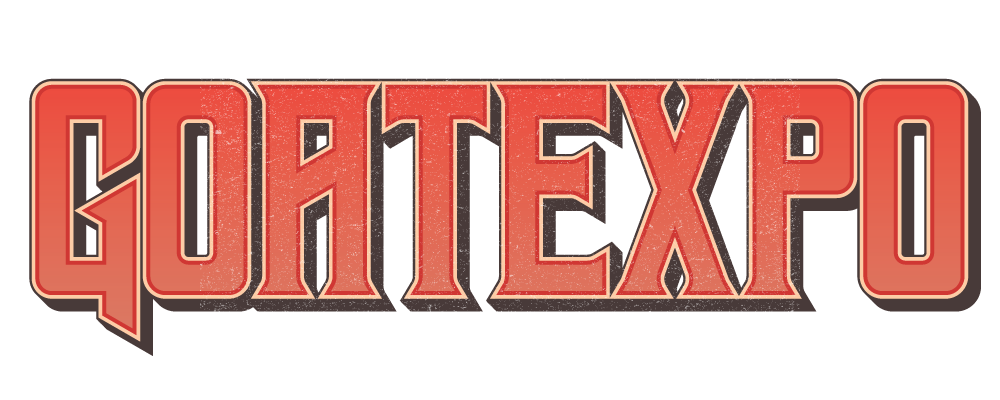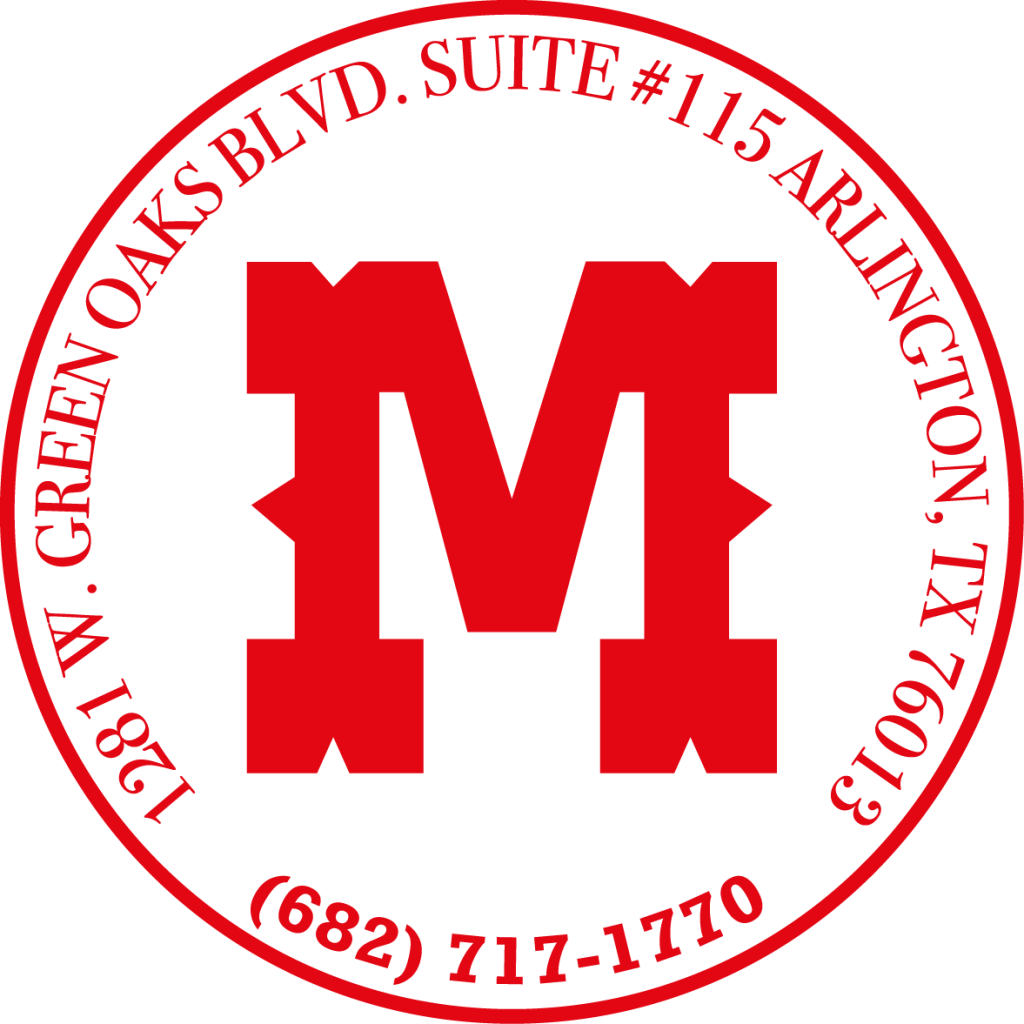
by Dr. Fred C. Homeyer
South African Boer Goat Breeder and Judge
The most important consideration in selection of meat goat breeding stock is the production of red meat. Goat meat is consumed by 63% of the world’s population and as the ethnic groups immigrate to the United States they bring their taste for goat meat with them which would seem to indicate that goat meat production is a 21st industry livestock endeavor.
In this article some of the main criteria involved in the selection of meat goat breeding stock will be considered. Whether male (buck) or female (doe) the goat should be boldly three dimensional, that is, long, deep and wide. The animal should exhibit more than adequate covering of muscle over the body especially in the rear end (loin, thigh and buttock). The goat should have good skeletal dimension, be structurally correct, be muscular and have eye appeal. The goat should walk on sound feet and legs with feet that have hooves that point forward neither slanting inward or outward. The goat should have adequate width in the body from front to back with tight shoulders and straight legs. Once we have determined that the goat can travel efficiently in the pasture over an extended lifetime the correct bite in the mouth should be observed, that is, the teeth in the bottom jaw meet with the gum on the top jaw with no over bite or under bite. (Goats do not have teeth in the upper jaw.) Goats are browsers and eat primarily a meter and above the ground on a diet of leaves, twigs and weeds which means that they need strong teeth and gums to cut their food.
When viewed from the rear the rear hocks should be straight and separated from each other exhibiting overall width of body. The area from anus to testicles in bucks and anus to udder in does should have a lot of meat and muscle. This area is called the twist or stitch. The widest area when viewed from the rear should be stifle joint to stifle joint. When viewed from the side the flank should be deep with considerable width and depth of skin to insure good muscle development in the stifle area. The back should be level and long with a deep barrel for body capacity. The rump (from hook bone to pin bone) should be long and relatively level. A little angle in the rump is desirable as a goat with a totally straight rump will have a hard time standing on its hind legs to eat browse in the trees. Too steep of a rump will result in birthing problems for kids.
Issues of masculinity and femininity are of prime importance. Bucks should look like very masculine and does should exhibit femininity being more refined especially in the head and neck. Bucks should be bigger in the front end as they have to compete for the does and does should be bigger in the rear end as they need capacity to hold babies. A sign of masculinity in bucks is when the circumference of the hearth girth exceeds the top-line length (from first cervical vertebrae to the pin bone) by 10%. A sign of femininity in does is when the circumference at the flank exceeds the circumference of the heart girth (measurement just behind the front legs).
Predictors of muscling, maternal traits or mothering ability, width of body and length of body can be exhibited by width between the eyes (proportional to width of the shoulders and width of loin), length of the face which is measured from horn set to muzzle (proportional to length from hook bone to pin bone or rump – you can’t have a short body with a long rump), circumference of the forearm (predictor of overall mass and muscle) and more sleekness in the head and neck of does to indicate femininity. Maternal traits and mothering ability can possibly be predicted through observation of circular hair whorls or swirls halfway down both back legs of does. Prediction of bucks that will produce doe with strong maternal traits and mothering ability can possibly be indicated through existence of these hair swirls on the back legs of bucks. The testicles on bucks should be equal sized in a single sack as some people feel that good shaped testicles indicates that the doe kids produced by this buck will have good shaped functional udders with a strong medial suspensory ligament.
Considerable research in beef cattle indicates that the hair swirls over the body are manifestations of proper glandular function. I see no reason that the same this applies to goats. For example, a hair swirl located in the middle of the barrel down low is called the pancreatic swirl (pancreas located here in body) and may be a indicator of good reproduction traits. Two hair swirls that appear on each side of the front of the chest are called thymic swirls (thymus gland located here) and may be an indication of a strong immune system. These observations are “food for thought” and need more study and research in goats, both meat and dairy animals.
The head shape predicts many traits in the body. In Boer goats, the South Africans say, “Breed the head – if you breed the head properly the body goes along.” Wide set eyes, strong nostrils and a powerful under-jaw are desirable. A triangular shaped head that exhibits power and presence shows strength. The head should look like that of a cape buffalo (wild ox in South Africa). “The buck looks like your banker – you owe him money”, say the South Africans.
Balance and physical bearing should be considered in the selection process. Balance is when you let your eyes track from nose to tail of the goat and your eyes never stop and all the parts fit together and the goat looks like a statue carved in stone and makes you smile. If your eyes stop as they trace through the animal that is where the goat has parts that don’t fit. About balance I have heard is said, “I don’t know what it is but you know it when you see it.” Physical bearing or pride in itself is a desirable trait in both bucks and does. It is sometimes called aristocratic bearing or “eye of the eagle”. Not all goats have this property but the one’s that do catch your eye. In kids it is the kid that jumps up on the feed trough or climbs to a high spot and stands proudly as if to say “I am a beautiful goat and I give you the privilege of looking at me.” In mature animals it is unmistakable when you see it. The goat will pose and say “take a good look at the most beautiful goat you have ever seen.”
The proper angle of the neck coming out of the top-line should ideally be 40%. More then 50% will result in an animal that has a weak front end and will break down in the pasture over time due to shoulders not tying properly into the body (called hyper-extended scapula). The ideal angle at the point of the shoulder (where the scapula or shoulder blade connects with the humerus) is 137 degrees. A greater angle creates a goat whose front end assembly is badly out of balance with front legs too straight similar to posted legs in the rear end. These properties result in the goat breaking down in the pasture over time. The proper angle at the rear hock is ideally 160 degrees. A greater angle in the rear hock results in the goat having “posty” or “posted legs” that will cause it to break down in the pasture over time. Short, strong pasterns are a must to provide a shock absorb-er for the body as the goat travels around the pasture.
A study of genetic background including number of kids produced per kidding is important. First time kidders should preferably have single kids but the ones that have twins will usually be more prolific over their lifetime. In does a tight udder that does not extend below the hocks is desirable as well as no more than two functional teats per side of the udder that are totally separated. Separated teats in a multiple teat situation should provide for viability when the kid nurses. A single orifice in each teat is desirable.
In summary you want a goat that is and possesses:
Skeletal dimension
Structural correctness
Muscularity
Eye Appeal
Good width between the eyes
Long face from horn set to muzzle
Big circumference of the forearm
Long, straight legs with strong pasterns, straight hocks and feet that point forward
Signs of masculinity in the buck (big heart girth exceeding topline length)
Signs of femininity in the doe where circumference at the flank exceeds circumference at the heart girth with more refinement particularly in head and neck
Proud physical bearing
Sound genetic potential through multiple kids per birth
Separated teats on each side of udder to facilitate kid nursing
Good bite in mouth with bottom teeth touching upper gum
Angle of head coming out of the topline ideally about 40 degrees
Angle at the rear hock ideally 160 degrees
Angle at the point of the shoulder ideally 137 degrees
You should be aware that most of these traits are exhibited in young goats no more than 30 days or one month old. The goat tells us what it is and is going to be, we just have to learn to “hear” or “see” what it is telling us. GOOD LUCK BREEDING MEAT GOATS!
———————————
You may contact, Dr. Fred C. Homeyer, at Antelope Creek Ranch, Box 47, Robert Lee, TX 76945: Ph:(325)-944-2056. Email: ancreek@yahoo.com, website:www.antelopecreek.com




























